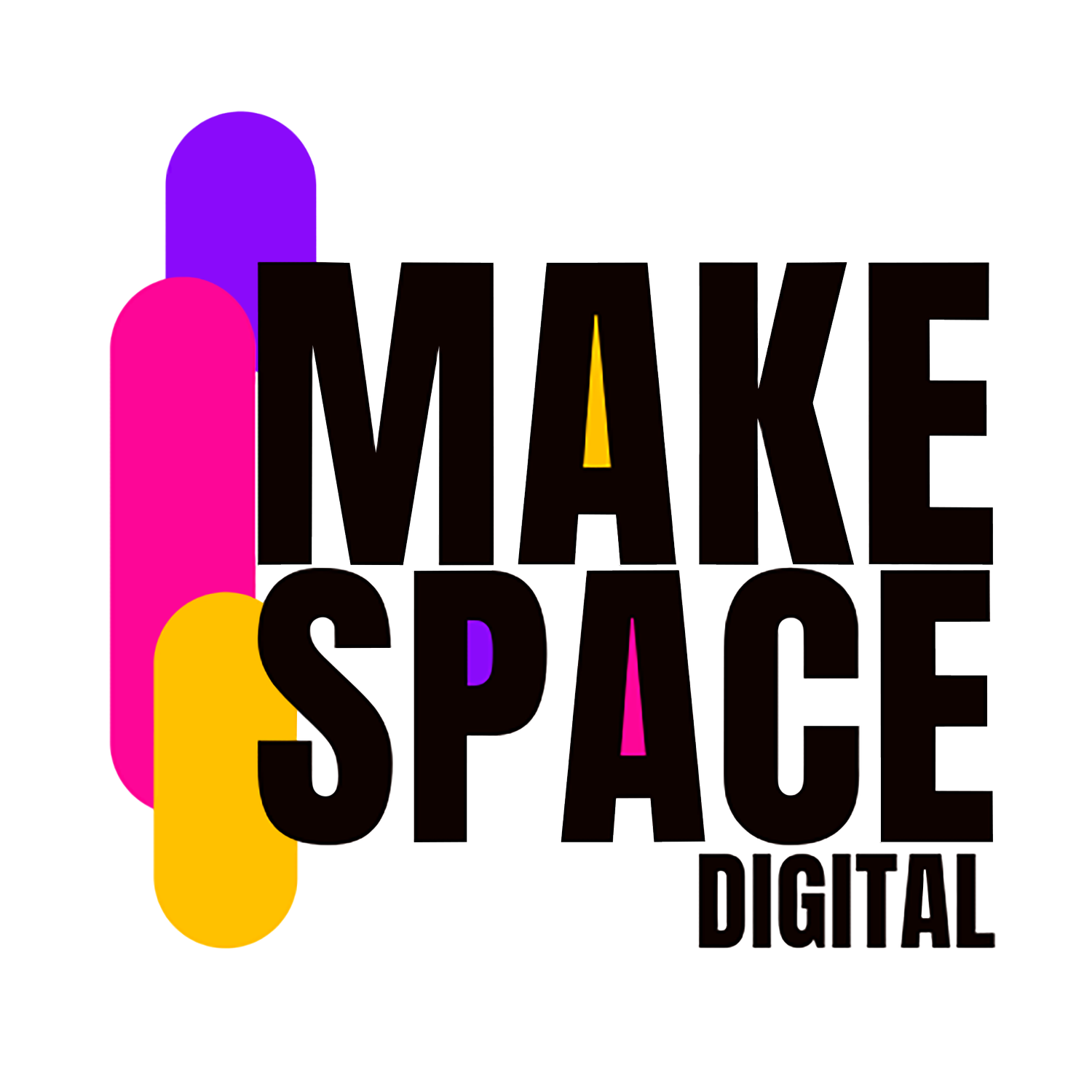Why I’m here.
I have dedicated my career to the things I hold dear, the art world and the non-profit sector.
Over the last 25 years I have learned many incredible, albeit often very painful, lessons. One of which is the driving force behind my participation in this new idea called MakeSpace. It’s a lesson about the power of creativity.
Creativity is the lifeblood of both the artist's studio and (I believe) the non-profit sector.
As artists, we navigate the delicate balance between vision and resources, a challenge that is all too familiar to those working in non-profits. Our shared experience of striving to make a significant impact with limited means is the point where the worlds of art and non-profit intersect, offering valuable lessons in problem-solving and innovation.
In the studio, our process as artists is a continuous cycle of ideation, experimentation, and refinement. We start with a blank canvas, a raw block of clay, or an empty stage, and through a series of creative decisions, we transform these materials into something meaningful. This process is not linear; it involves a lot of trial and error, moments of doubt, and the occasional breakthrough. Each step requires us to think critically, adapt to new challenges, and find innovative solutions to unexpected problems.
This creative problem-solving technique is not confined to the artist’s studio. It is a skill that is applicable to any field - but it is especially powerful in the non-profit sector. Non-profits, much like artists, operate under incredible constraints. We all have the shared experience of limited funding, resources, and labor, yet we are all driven by our missions to create positive change in the world.
As artists, we are (often) trained in non-traditional methods of problem solving. For many of us (me included) "Design Thinking” is what drives our approach to problem-solving. This mode of thought involves empathizing with the audience, fully defining the problem, ideating a wide variety of solutions, prototyping as many as we can, and testing. And testing. And more testing. This iterative process encourages flexibility and creativity, allowing us to develop innovative strategies that can maximize our impact despite our limited resources.
In the same way that I, as an artist, might use unconventional materials to create a piece of art, I, as the co-Director of a non-profit, can leverage non-traditional resources to achieve our team’s mission and goals. This might mean forming partnerships with local businesses, engaging volunteers in new ways, manifesting unique and exciting concepts for fundraising parties, or utilizing social media in new ways to amplify our message. The key is not to “think outside the box” – but to understand that there is no box. We must always be willing to experiment with innovative ideas. Regardless of their placement “inside” or “outside” of imaginary constraints.
I take a very collaborative approach to art. This is something I have become driven to share with others who work in the non-profit universe. In our studios, artists often critique each other's work, providing a positive feedback loop that leads to new insights and constant improvements. When we choose to take on projects beyond our individual capacity, we get to experience the true power of collaborative creativity by building a team. I have shared the act of art making with incredible humans in incredible spaces. Often those humans are not from the world of fine art. They might be engineers, lawyers, builders, thinkers, musicians, pilots, or cooks. They come together to create something that would not exist with each and every one of them. One thing I have learned through true collaboration is that we can all benefit from a strong culture of collaboration, where our team members feel empowered to share their ideas and contribute to our collective mission.
Art has taught me the importance of resilience and perseverance. Every artist learns the frustration of a project that is not going as planned, but we also get the amazing sense of satisfaction that comes from pushing through that challenge to create something more beautiful than we could have envisioned. In non-profit work we all face more than our fair share of obstacles, from funding shortfalls and toxic boards to bureaucratic hurdles and expectations that we should accept minimal compensation. By adopting the artist's resilience, our non-profits can stay focused on their mission and continue to make progress, even…no…especially in the face of adversity.
I believe that the skills and mindset that I have developed as an artist in my studio practice can be incredibly valuable to the non-profit sector. I am privileged that my professional work exists in both realms. Artists and those who work in non-profits are driven at their core by a desire to see change in the world, and both must manifest this change in the face of substantial obstacles and with limited resources.
By embracing creativity, collaboration, and resilience, non-profits can find innovative solutions to our challenges and charge forward with new ideas that make meaningful impacts. Just as artists strive and struggle until they manifest something where nothing existed before, we in our non-profits can use the same tools to manifest the change in our communities we know we so desperately need. One creative solution at a time, together.
Jacob Breeden
Artist/Co-Director
MakeSpace Amarillo
